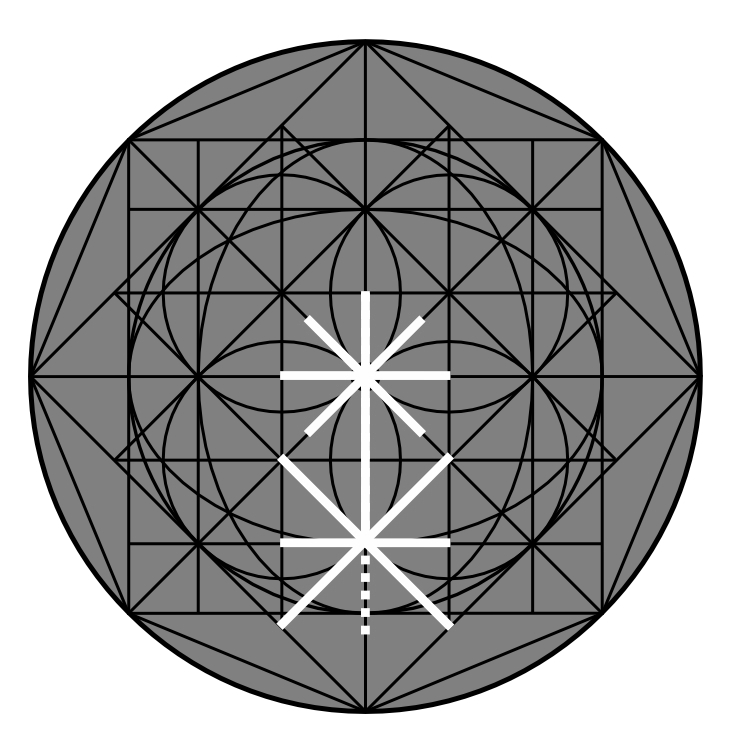
Like some of the other American Kenpo forms, illustrating a "standard" execution of Long Form Three can be a challenging proposition. This is partially due to the fact that some variations were allowed to filter their way back into the form from its original inception, by SGM Parker. Unlike the other forms, Long Form Three was created, taught, and then officially changed, well after it was created. But, more to the point, these alterations were not mandated retroactively to students who had already learned the form. Therefore, most of the students of American Kenpoists that learned it the initial way, bypassed the adoption of the changes, and continued to teach it the way they originally learned it, to their lineage. And, this was sanctioned by SGM Parker.
Mr. Parker did not believe it was fair (nor necessary) to force his loyal students to have to learn and teach the updates. From one point of view, he felt that the alterations could foster an air of non-confidence about those instructors. Their students might think that their specific instructor didn't learn the system the "right" way. Thus, causing potential doubt where none need be created. Not to mention what perception the changes could create within the students about the art itself. So, although he adopted and taught his own sanctioned changes, he did not demand others must do the same.
Accompany this with the other variations that have arisen and worked their way into the form over the years, and it becomes a challenge for a guide such as this to declare a specific rendition to the be the de facto standard. As stated elsewhere, the goal of this guide is not to legitimatize nor de-legitimatize any specific variation. Rather, a goal is to clarify how the "standard" execution, as presented in this book, was derived, while also elucidating about the other ways in which one may witness the form executed. And also, to provide a rationale and/or historic basis for this difference. Thus, leaving it up to the reader to determine what sequences they wish to accept or exclude for their personal standard. It is fortunate, however, that the vast preponderance of these variations does not dramatically alter the form's overall execution.
While reading this guide, the reader should keep in mind that the purpose of this book is three (3) fold. One (1), to help the practitioner - by giving a definitive reference from which one may find answers and specific pieces of information quickly. Two (2), to clarify why specific lineages may have differences in the form's execution. Three (3), to provide a historical touchstone for future generations of American Kenpoists. Also, that a goal is not to disparage nor encourage any specific lineage. Only to clarify and highlight the variations as raw information, presented in a neutral manner.
Throughout this chapter and this entire guide, the term variation will be used frequently. This will be specifically true when discussing aspects about the execution of the form. This term is designed to only mean a specific point in the form where one may find an individual or lineage executing the form one way, and another executing it a different way. One significant problem arises as to how this guide should illustrate these variations. Or better yet, how should it display the "standard" - with or without specific variations?
A conscious decision was made to allow the intended information presented in the variation to dictate whether it is illustrated as part of the "standard" or not. In other words, variations that effect the overall informational analysis, and its composition, will be the determining factor as to whether a variation is included in the base illustration of the execution of the form, or not. Any other variations will not be presented within the base illustration, but rather illustrated and discussed individually. No personal preference, lobbying, or emotion was used in determination of the final "standard" illustration. The goals and information provided within the form and how the variation suits those objectives are the final determining factors.
For more information about variations, the various types, and how they affect the form, refer to the chapter titled "Variations". And, although this chapter does mention the concept of variations, the detail and illustration of any variations will be exclusively done in the chapter on that subject. This chapter will be reserved for the "standard" execution and illustration of the form.